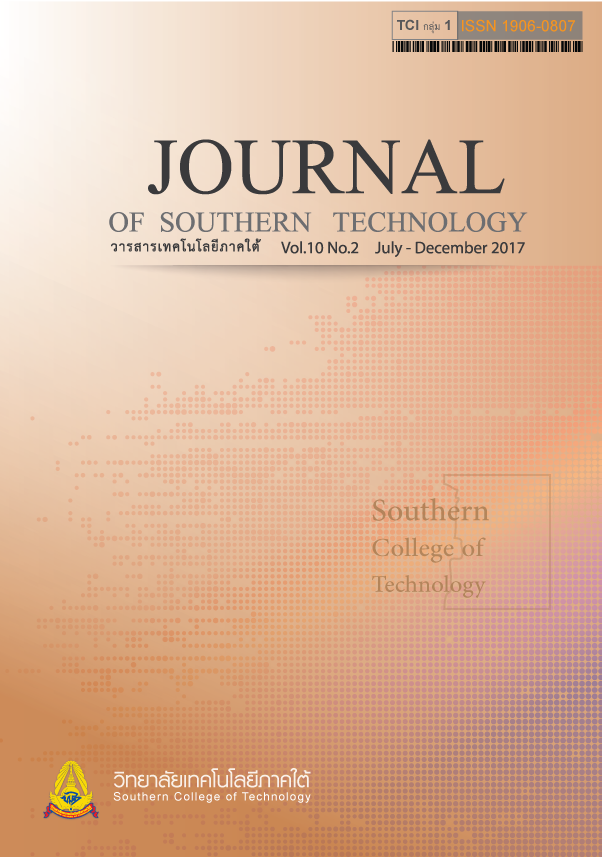An Interaction Model for e-Learning Environments Based on Competency Model and Andragogical Principle
Main Article Content
Abstract
With the rapid acceptance and use of the Internet in e-learning environments, many untrained instructors are being encouraged to develop their course materials for e-learning contexts. This article presents a description and review of a general analytical model for Instructional Design (ID) in e-learning contexts with emphasis on four types of learning interactions (instructor-content, learner-content, learner-instructor, and learner-learner interactions). The description and review of the model concludes with a presentation of various related studies.
Designing effective e-learning instruction for adult learners, opines the author by incorporating competency model, interaction model, and adult education theory with four types of interactions to this study. The first of the four types of learning interaction is instructor-content interaction based on the course syllabus that an e-learning instructor covers in an e-learning course. The second type, learner-content interaction stems from a synthesis of the competency concepts in order to develop the competency of the learners. The third learning interaction, learner-instructor interaction uses model and strategy of interaction in developing learner-instructor interaction. Learner-learner interaction, the last type of learning interaction deals with the preparation of adult learners for career development or self-improvement.
Article Details
-
Authors must agree to the journal publication rules and allow the editors to edit the manuscripts for publication.
-
Author’s right belongs to the author but Journal of Southern Technology holds the right of first publication and thus allow readers to use the article for the purpose of education but not commercial.
